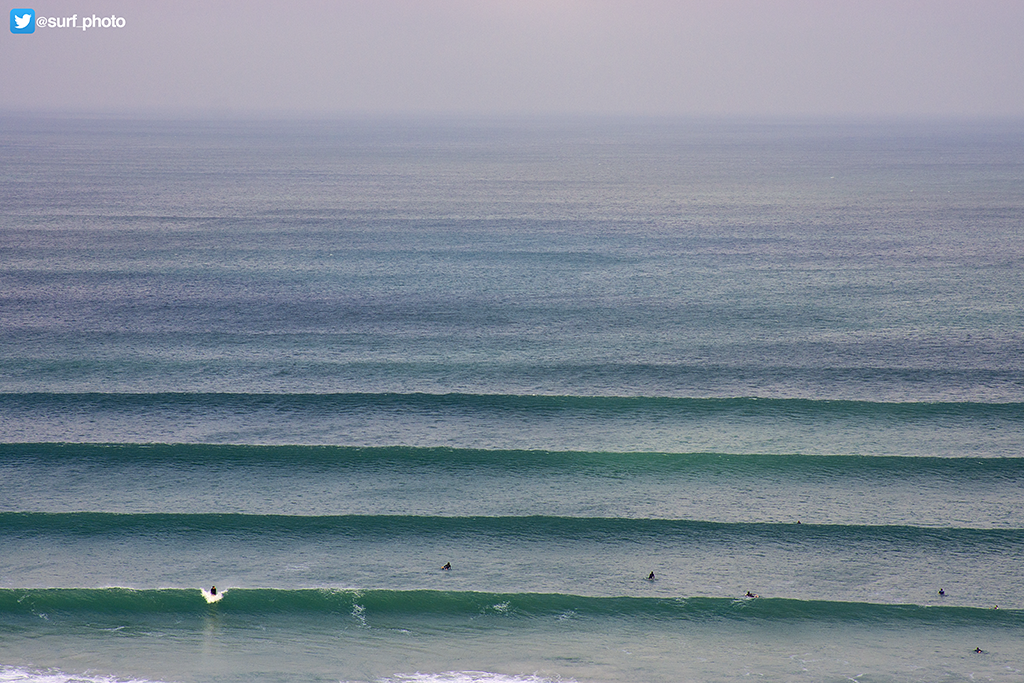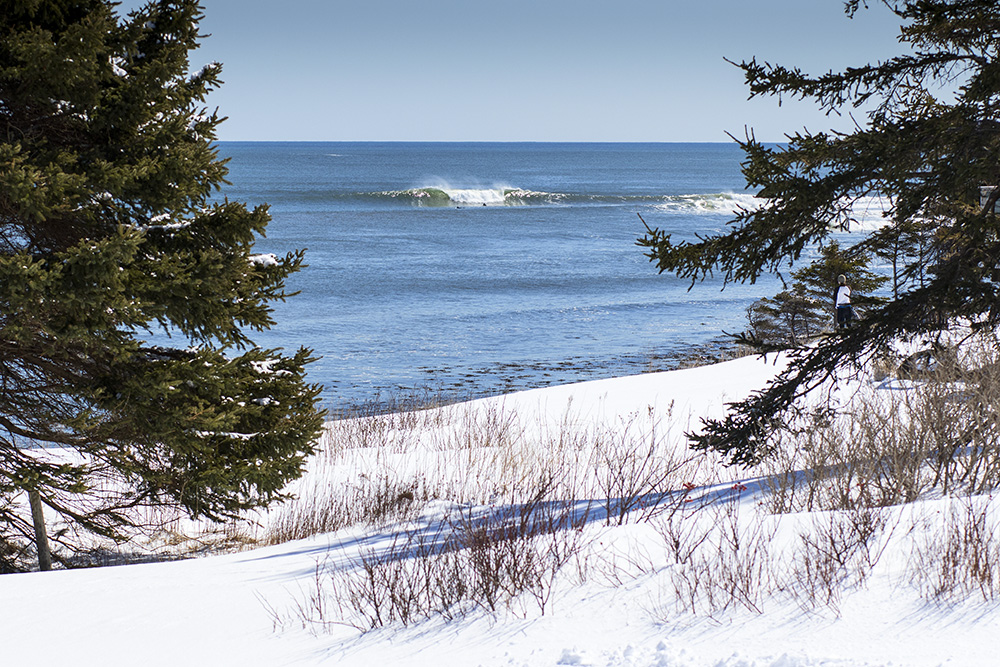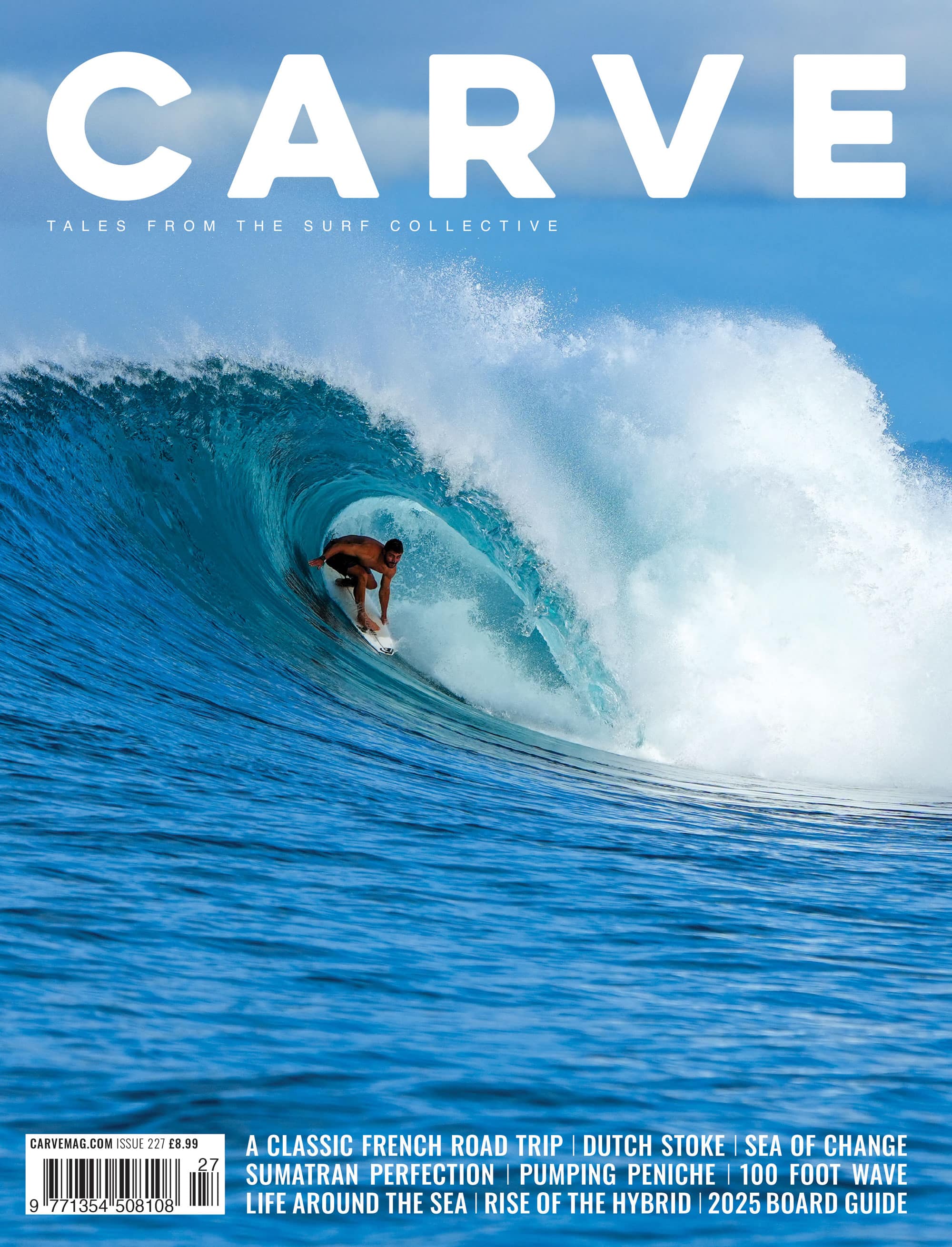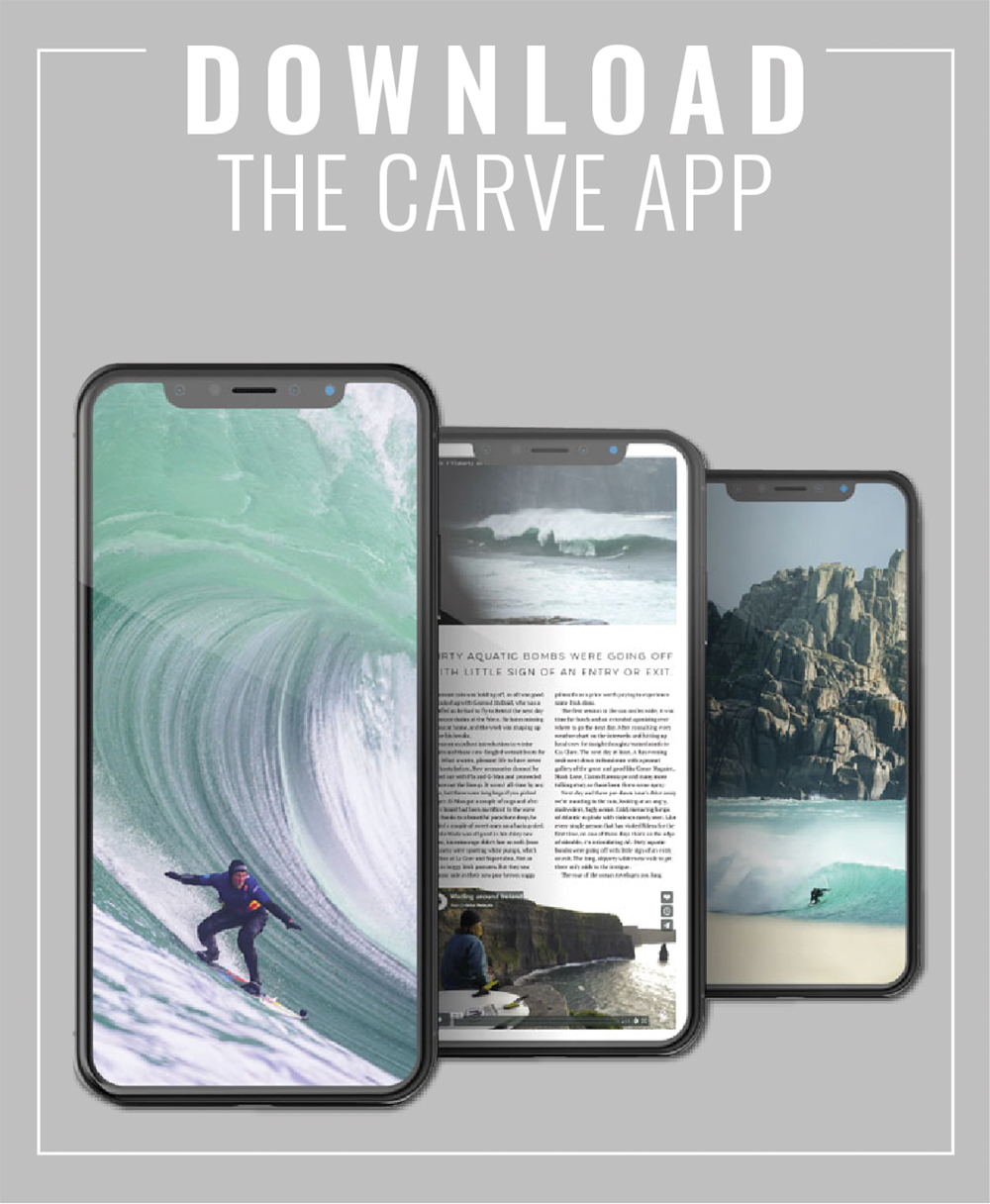You lot don’t know how lucky you are … with your internets, webcams, swell models and new fangled surf forecasting sites. Back in the good old days of steam you had to forecast an approaching swell just by smelling it on the wind and feeling it in your bones. That said most people made do with just driving to the beach with their fingers crossed.
Not that it mattered back in the pre-internet age because petrol was less than half the price a litre it is now and no one bothered about saving environments and stuff. We’d leave the fridge open, put the central heating on full, drive two hours just to check the surf, pumping out lead, CFCs and Ozone without a care in the world. It was a carefree era. To find what the waves were doing right that moment was simply found out by ringing someone on a landline, for a fee, who lived near the beach. Someone like PJ out on the Gower. Landlines were like mobile phones but attached to your house with a string. They didn’t have Angry Birds on them. Plus side they never ever ran out of battery.
The sole source of information on what the swell was going to be doing in the future was a pressure map (you know those maps with the weird lines drawn all over them that mean nothing to anyone under 30).
These prized maps were gleaned from three sources:
a) behind Michael Fish’s back on the BBC six o’clock news, generally while shouting at the telly box for him to get out of the way so you could see the low pressure system behind his brown corduroy jacketed, with totes cool elbow pads, right shoulder. The BBC was one of four available channels back then.
b) from the weather fax, which had two main failings- you needed one of them hi-tech fax machine things to receive it (a fax machine is like a paper and ink based interweb with redonkulously slow download times and a really bad UX) and it cost a quid, which is a quid you could’ve been buying a pint of snakebite and black or a pack of fags with.
c) The worst-case scenario was the newspaper. The broadsheets, like the Guardian, carried a simplified, child friendly version of the Atlantic chart that was only any use if the biggest hurricane ever was on its way. It was about three inches across and rarely any use. For younger readers a newspaper is quaint anachronism from the old days. It’s a papery sheaf of news that broke on Twitter minimum of a day before. It’s not even any use for wrapping up chips anymore as chips probably have gluten in them and the ink is carcinogenic. Or so it said on FB anyway…
Being able to read a pressure map was near as dammit a Jedi skill. Surfers who actually understood them and called swells with any reasonable precision achieved Yoda like status in their communities. They were borderline gods. In retrospect they should’ve start surf forecasting businesses.
Think about it, how do you plan your surfs now? Do you just wander down the beach hoping for a wave or do you plot swells, check every resource and monitor storms as they’re born, progress and arrive? You know everything. Everyone is now an omnipotent swell god. Being able to track any swell, anywhere in the world, in real time just by going on the interweb on a computer you keep in your pocket. To a surfer of the 90s that’s pretty much flipping magic, real Derren Brown shit… We didn’t even know waves had periods in those days. Showing a surfer from last century a live web feed on your iPhone would’ve got you burnt at the stake for being a witch. We didn’t even like wizards then as Harry Potter was still aged minus 20.
The funny thing is with all this military-grade information things still don’t pan out. You can have the world’s satellite data at your fingertips, 90 percent confident predictions and even backed up by your old-school pressure map crystal ball gazing and still rock up to a wonky ocean. Or in the case of a recent trip say, ‘The swell’s always a day late.’ With confidence. For four days. until you realise the swell has just vanished into the ether. Ghost swells happen. Wrong angles. Bad wind. Surfing would be boring if everything happened as planned.
It is kind of cruel when it pumps all night, offshore, three to four foot barrels, then goes flat at dawn. But. I wouldn’t change a thing.
The modern era makes it so much easier to get waves with less environmental strain, well, apart from those cads that fly in for a two day swell, and much as the old days were quieter in the water the world was smaller also. Progress is progress. Interesting to see where we go next…







